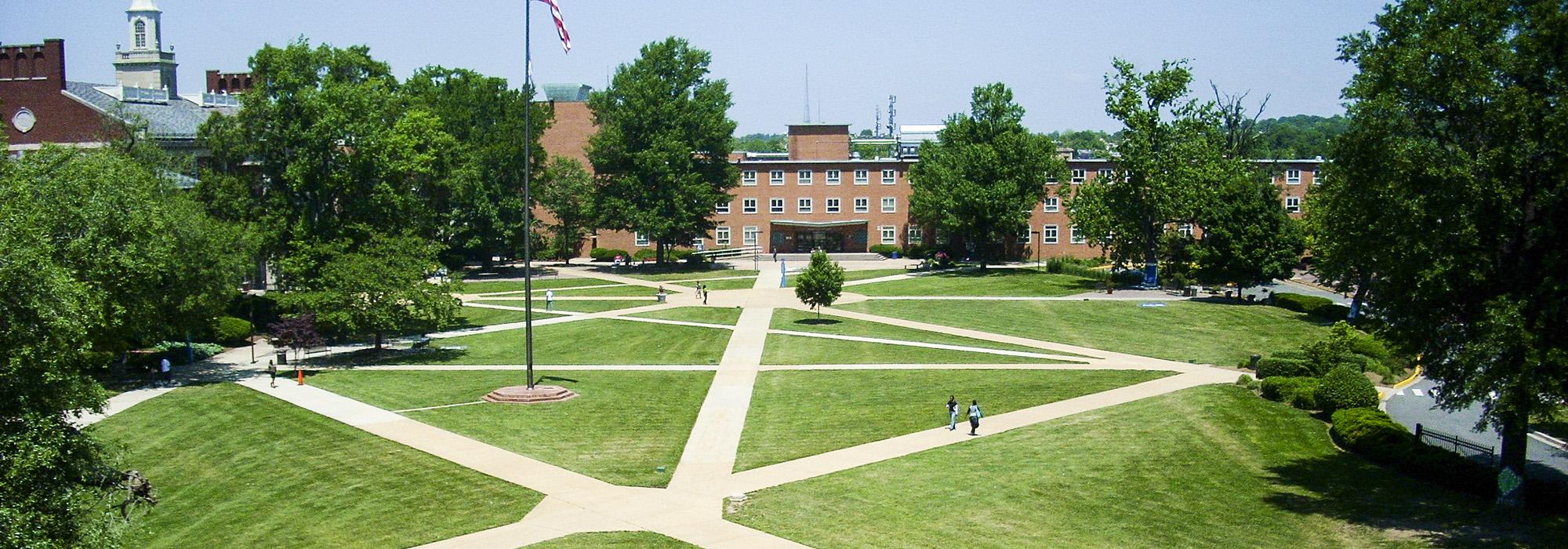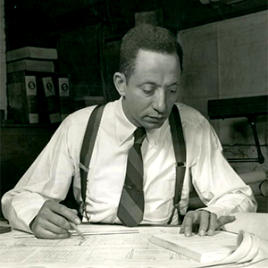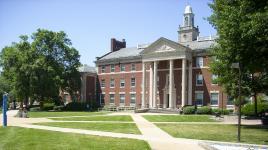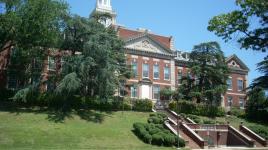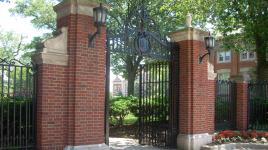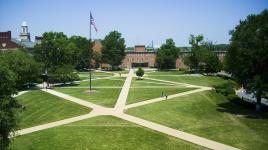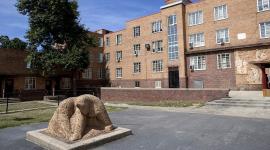Pioneer Information
Born in Washington, D.C., Robinson graduated from M Street High School in 1916. He subsequently attended the Philadelphia School of Industrial Arts, leaving in 1917 to enlist in the United States Army. Impressed by the French architecture encountered during his service, Robinson resumed his studies two years later in the architecture program at The University of Pennsylvania. Influenced by the architect Paul B. Lavelle, who taught in the architecture department at Columbia University, in 1922 he transferred once again to study and work under Lavelle’s guidance.
Robinson earned a B.Arch in 1924, and returned to complete an M.S. in architecture in 1931. He began teaching in the architecture program of Howard University while still a student, serving as the chair from 1928 to 1930. Committed to socially conscious work from the outset of his career, Robinson spent almost a year after graduation traveling through Europe to study public design projects. He rose to prominence in 1938 with his design for Washington, D.C.’s, Langston Terrace Dwellings (a collaboration with architect Paul Revere Williams). The 274-unit International Style structure showcases elements that Robinson encountered in large-scale European housing, including indoor-outdoor living spaces, integrated space for play and art, and unadorned exterior facades. The building was listed in the National Register of Historic Places in 1987.
Robinson is also known for designing the residence of Ralph Bunche, the first African American to receive the Nobel Peace Prize, as well as several buildings on Howard University’s campus, including the School of Architecture-Engineering. Robinson became a member of the American Institute of Architects in 1946 and was elected a Fellow in 1984. He died at the age of 87 in Washington, D.C.



